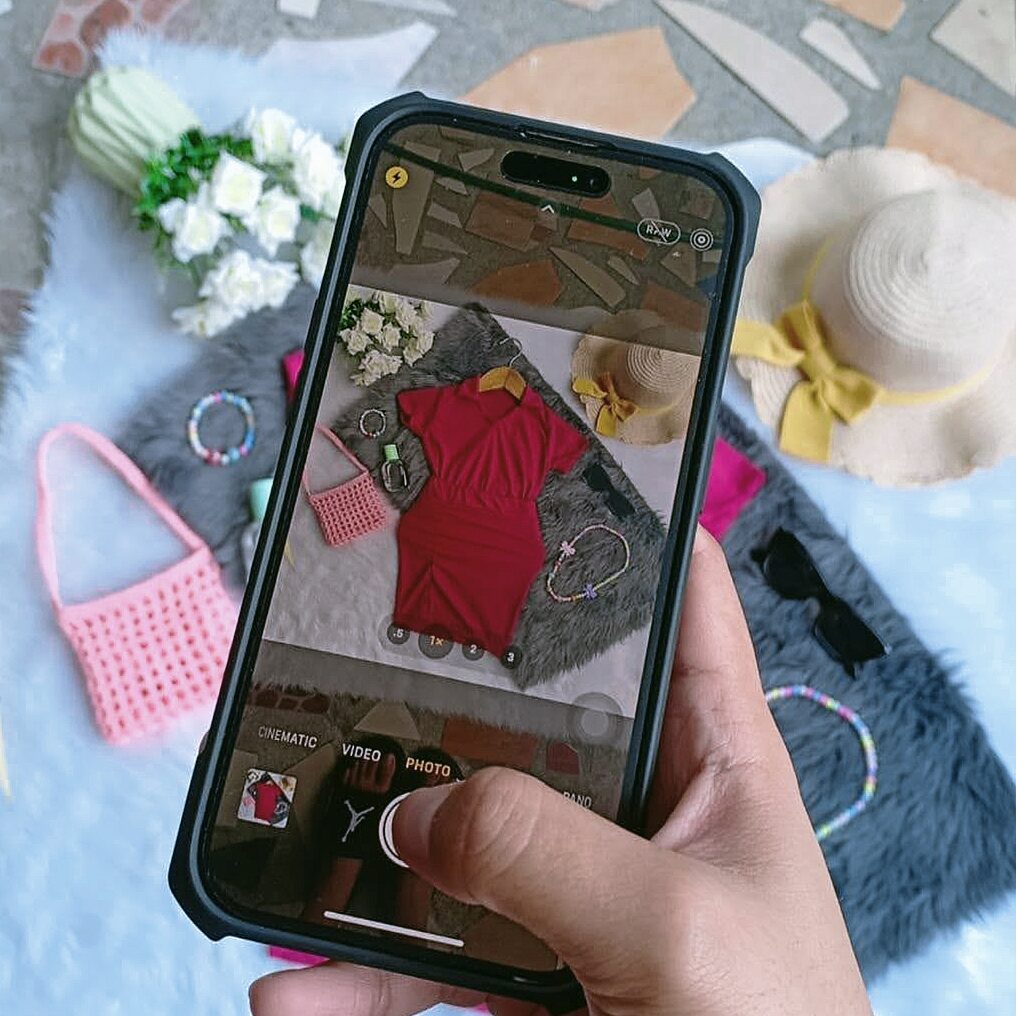In today's dynamic digital landscape, brands are constantly seeking effective ways to connect with consumers. Two powerful strategies have emerged as cornerstones of modern marketing: influencer marketing and user-generated content (UGC). While both leverage the power of social media and online communities, they represent distinct approaches with unique benefits. Understanding the difference between influencers and UGC creators is crucial for crafting a well-rounded and impactful marketing strategy.
This guide will delve into the nuances of each approach, exploring their strengths, weaknesses, and optimal applications. By the end, you'll have a clear understanding of how to strategically leverage both influencers and UGC creators to achieve your marketing goals.
What is Influencer Marketing?
Influencer marketing revolves around collaborating with individuals who have established credibility and a significant following on social media platforms. These individuals, known as influencers, have 1 cultivated a dedicated audience within a specific niche or industry. Their followers trust their opinions, recommendations, and expertise.
Key Characteristics of Influencers:
- Established Authority: Influencers are seen as experts or trusted voices within their niche.
- Dedicated Following: They have cultivated a loyal audience that actively engages with their content.
- Content Creation Expertise: Influencers are skilled at creating high-quality, engaging content that resonates with their audience.
- Brand Alignment: They often partner with brands whose values and products align with their personal brand and audience interests.
Examples of Influencers:
- A beauty guru with a large YouTube following who creates makeup tutorials and product reviews.
- A fitness influencer on Instagram who shares workout routines and healthy recipes.
- A tech reviewer on Twitter who provides in-depth analysis of new gadgets.
What is User-Generated Content (UGC)?
User-generated content (UGC) is any content—text, images, videos, reviews—created by customers or users of a product or service. Unlike influencer content, UGC is not created by individuals with a large following or established authority. Instead, it comes from everyday people sharing their authentic experiences with a brand.
Key Characteristics of UGC:
- Authenticity: UGC is perceived as highly authentic because it comes directly from consumers.
- Relatability: It showcases real people using a product or service in real-life situations.
- Cost-Effectiveness: UGC is often less expensive to acquire than influencer content.
- Social Proof: It provides social proof, demonstrating that other consumers trust and value the brand.
Examples of UGC:
- Customers posting photos of themselves using a product on Instagram.
- Users sharing reviews of a service on a website or social media platform.
- Consumers creating videos showcasing how they use a product in creative ways.
Influencers vs. UGC Creators: A Detailed Comparison
While both influencers and UGC creators contribute to a brand's marketing efforts, their roles and impact differ significantly. Here's a breakdown of the key distinctions:
1. Authority and Credibility:
- Influencers: Possess established authority and credibility within their niche. Their recommendations carry weight because they are seen as experts.
- UGC Creators: Offer authenticity and relatability. Their content is trusted because it comes from fellow consumers, providing social proof.
2. Audience Size and Reach:
- Influencers: Typically have a larger and more established following. They offer brands wider reach and exposure to a targeted audience.
- UGC Creators: May have smaller or non-existent followings. Their value lies in their authenticity and ability to showcase real customer experiences.
3. Content Creation Style:
- Influencers: Are skilled at creating polished, high-quality content. They often adhere to brand guidelines while maintaining their unique style.
- UGC Creators: Produce more organic and spontaneous content. It may be less polished but feels more genuine and relatable.
4. Cost and Investment:
- Influencers: Typically charge fees for their services, which can vary depending on their reach, engagement, and content creation efforts.
- UGC Creators: May participate in campaigns in exchange for free products, discounts, or other incentives.
5. Control and Messaging:
- Influencers: Brands have some level of control over influencer content, providing guidelines and feedback. However, influencers often maintain creative freedom to ensure authenticity.
- UGC Creators: Brands have less control over UGC, as it is created by consumers independently. However, they can curate and select the best UGC to showcase.
Strategic Uses for Influencers and UGC Creators
Understanding the differences between influencers and UGC creators allows brands to leverage each effectively within their marketing strategy.
When to Use Influencers:
- Building Brand Awareness: Influencers can help brands reach a wider audience and increase brand visibility.
- Driving Engagement: Influencer content can spark conversations and generate excitement around a brand.
- Launching New Products: Influencers can create buzz and generate interest in new product releases.
- Building Brand Credibility: Partnering with reputable influencers can enhance a brand's image and reputation.
When to Use UGC Creators:
- Building Trust and Authenticity: UGC provides social proof and demonstrates that real customers trust and value the brand.
- Increasing Conversions: UGC can influence purchasing decisions by showcasing positive customer experiences.
- Generating Content Variety: UGC adds diversity to a brand's content library, providing fresh and authentic perspectives.
- Reducing Content Creation Costs: UGC can be a cost-effective way to acquire high-quality content.
Combining Influencers and UGC for Maximum Impact
The most effective marketing strategies often combine the power of both influencers and UGC. By strategically integrating these approaches, brands can:
- Create a Multi-faceted Campaign: Influencers can generate initial buzz and awareness, while UGC provides authentic validation and encourages conversions.
- Build a Stronger Community: Influencers can encourage their followers to create UGC, fostering a sense of community around the brand.
- Enhance Content Authenticity: UGC can be incorporated into influencer content to add a layer of authenticity and relatability.
Influencers and UGC creators are both valuable assets in the modern marketing toolkit. By understanding their unique strengths and strategic applications, brands can craft compelling campaigns that resonate with consumers, build trust, and drive results. As the digital landscape continues to evolve, embracing both influencer marketing and UGC will be essential for brands seeking to thrive in the competitive marketplace.
SPIRRA is your partner in influencer marketing success. Book a demo today!

